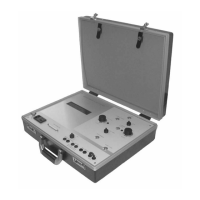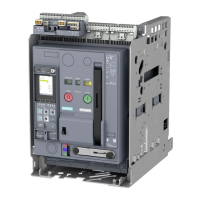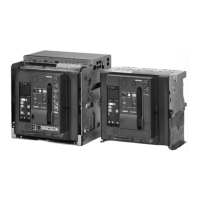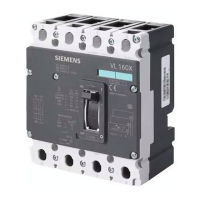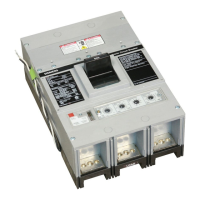point in the same way as the other size devices of the 3WL portfolio. The minimum tripping
time is limited to 500ms.
A pre-alarm is also output when 90% of the set current setting I
r
is reached. This pre-alarm
can be modied on all trip units.
Short-time-delayed short-circuit protection (ST)
The ST function of the trip unit can be used to implement time-selective, short-time-delay,
short-circuit tripping in low-voltage systems in which a number of circuit breakers are
installed in series.
The short-time-delayed short-circuit protection responds when a short-circuit current in at
least one of the conductors to be protected exceeds the set tripping current I
sd
for the
duration of the set delay time t
sd
.
The ST release provides characteristics with inverse-time curve I
2
t or a time delay with a
denite-time tripping characteristic (t
sd
=const.). It can also be disabled.
Instantaneous short-circuit protection (INST)
The instantaneous short-circuit protection (INST) is a protection function that opens the
circuit breaker on a short-circuit immediately, without a time delay. It responds when a
short-circuit current in at least one of the conductors to be protected exceeds the set tripping
current I
i
.
It can optionally be disabled in each trip unit to meet increased requirements for
discrimination. Due to this, the short-time-delayed short-circuit protection remains active
with its set delay time up to the I
cw
value of the circuit breaker. The MCR function
is an alternative to this setting that disables the instantaneous short-circuit protection
automatically a certain time after the circuit breaker has been closed.
Neutral protection (N)
Neutral protection is included in all types of ETU as standard and protects the neutral
conductor from overloads and short-circuits. As the trip condition, it uses the same setting
values as the protection functions LT, ST, INST of the three phases, but its sensitivity can be
scaled from 50% to 200% depending on the design of the conductor. In every 4‑pole circuit
breaker, the neutral conductor is protected via the current transformer on the fourth pole
that is always incorporated or, in 3‑pole circuit breakers, via an externally connected neutral
conductor CT.
It is also possible to disable neutral protection.
Ground-fault protection (GF)
The GF release detects residual currents between the conductors and grounded, electrically
conductive parts of the installation. The ground-fault protection function responds if the
ground fault current exceeds the set tripping current I
g
for the set delay time t
g
.
Ground-fault protection can be implemented as a denite-time (t
g
= constant) and as an
inverse-time function (I
2
t).
On 4-pole and 3-pole circuit breakers with an external current transformer for the neutral
conductor, the GF release calculates the vector sum of the currents of the three phases and
the neutral conductor. The dierence between this sum and zero describes the ground fault
and tripping occurs, dened by the setting current I
g
and the delay time t
g
. The possible
responses are to disable the protection or just to output alarms.
Description
2.9Electronic trip unit ETU
3VA27 molded case circuit breakers & 3WL10 air circuit breakers
Equipment Manual, 10/2023, L1V30499596002-03 55
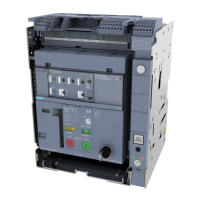
